|
There is a yard in our neighborhood that I admire very much. It is neat as a pin, with a plush green lawn, a crisp-edged flower bed full of impatiens and hosta, all perfectly maintained. But do they have THIS? My yard, honestly, looks just short of hell. Because every time I go to cut some grasses or weeds, I find incredible bugs in them. The plants in the pots and borders are way too big and scraggly, but we get this scary baby because of that. When my husband saw this spider, he said that it would be our only subject of conversation for a week. Here's a scale photo for size. Those are some cherry tomatoes. (A variety called Lil' Bites. Nice compact plant and easy to grow, but with a flavor so boring I am actually leaving them on the plant.)
The point of this post is 1) to show you all a cool spider and 2) to remind myself that my goal is to create a yard full of plants that look good without being cut down. Then I can face the neighborhood unapologetically AND have my big spiders.
0 Comments
I'm about to do some passive bed preparation in the front yard in advance of planting trees. (This is basically composting in place, and I'll write a post on that.)
I'm trying to comply with as many codes and safety precautions as possible, so this morning I created a Call Before you Dig ticket, which alerts you of underground utility pipes and wires. It may be overkill, but I will rest easy knowing I'm not planting trees over utilities. Some utilities have sent emails, others have marked up the lawn with spray paint and flags. There is a gas line running through the yard right by the steps. Good thing I found that out! It really changed my plans, because I do not want to plant any trees or shrubs near that area now. I happened to be home when another Call Before You Dig utility worker came by and he chatted with me about it a bit. Gas lines are supposed to be 18 inches below the surface, but he says they heave up sometimes. He said be very careful digging within a foot and a half to either side of the gas flags, even if I am merely using a shovel. I also called the zoning office in our town a few times. I've gotten somewhat confusing and conflicting responses, but essentially they told me not to block views of turning cars. (We live on a corner lot.) I called the health department to ask them about the septic tank and field. More info on that in another post. So I think I am good for bureaucracy. Almost ready for digging! I attended a gathering at the home of some retired science teachers who had taken Al Gore's course on climate change and wanted to share what they had learned.
As I listened, I wanted to throw up. Human beings have never existed on Earth when there has been so much carbon in the atmosphere. We are currently at 410 parts per million (350ppm is considered safe) and humans evolved in an atmosphere with way less. The effects already happening are scary, and so are the predictions. What kept making me fight back tears, though, was looking around at everyone in the room. I'd say most of them were a generation older than me, if not more. They are worried about the planet that the rest of us will be left with when they go, and that moved me deeply. Then one man said something that I can't forget. He said "well, we've done a terrible job taking care of the planet, so hopefully young people will do better." No. No, no, no. That sentiment is so dangerous, and here's why: most young people don't hold power yet. Older adults do. Sure, we all have power over our individual actions, but we’re talking real, systemic power. Most elected officials are over 50. Most heads of companies are over 50. Those generations are at the apex of their influence over our society, and claiming that they have failed is premature. Even average older adults have assets: money, property, leisure time, authority, wisdom. Young adults are awash in student debt and very few hold positions of authority. They don't have the time, money, or power to deal with climate change as effectively as older adults can. And children are children. Their job is to play and learn, not to shoulder the burden of complicated environmental problems. It is the exceedingly rare child, or even young adult, who is as confident as Greta Thunberg. And how dare we say that it is solely young people's responsibility to reverse the disaster we have all inherited? When it comes to climate change, we are truly at a crossroads. Now is the time to use every scrap of privilege we have to mitigate it. This task cannot be left to those who are young today. The lion's share must be accepted by those with the most power in society. Consider whether that is you. It can be so easy to stay inside and forget that there's a busy world out there. And when bad news about nature appears in the headlines, as it so often does, it's easy to shut down and say it doesn't matter anyway. But all wealth comes from nature. Plants take care of us and support the giant web of wildlife. We need nature, even if it's sticky, crawly, dirty, and scary.
Here are a few ways to remind yourself of the wonderfulness of nature and to remember that it's worth speaking up for.
So, go experience something new and weird out there. It does not need to be transcendent. It can take five minutes. All you need to do is be open to and appreciative of the lessons nature can teach us if we stop to look. Permaculture is about designing buildings and gardens carefully to get maximum production with the least work. The thought is that you arrange elements in a logical, easy-to-use way, and this results in less labor over the long run, even if setting things up logically is labor intensive.
One exercise recommended by Jessi Bloom in Practical Permaculture is "random assembly", as pictured above. It's an idea generator to get you thinking about new relationships. How it works: You write all the elements you have and all the elements that you want on little cards and write prepositions in the center column (in, on, behind, etc). You then shuffle the cards and place them in the outer columns to make different combinations. Some will be silly, like a clothesline under the yard, but some could be good ideas. I eventually focused on one word at a time and related it to every other element. How it has helped: Admittedly, when I first learned about this exercise, I thought it sounded stupid. Since then, I've read more on permaculture and have chosen the main elements I want for my yard. The time has come to decide where to place them. And this exercise has been very helpful. I've been awake since 4:30 this morning when the cat threw up, so I've had a long time to sit with these cards. Some combinations verified what I had already been considering, (such as an herb garden by the front door) which was helpful because it showed me that my planned location was actually the best option. It also helped me place elements I was unsure about, for example a mini greenhouse would be best in front of the shed. You could even use this exercise inside. It gets you rethinking the arrangement of your furniture and appliances. For example, why is our washing machine in the basement, when it could be by the back door with the clothesline? And, also, why is it broken? Yes, some new relationships could be a giant pain in the neck to fix, so consider whether it's worth the extra time saved. But others could save so much energy that it would be worth it. I can't get over a post from Next Door. A neighbor posted, lamenting the weeds in her yard and her struggle to get rid of them. She used a rototiller but that didn't work. She begs the community for advice in getting rid of the weeds. Everyone starts responding: vinegar, boiling water, plastic, Roundup, dig them out with a backhoe (literally a suggestion).
Do you see the problem here? What are the plants?! Nowhere in the post is a photo or name given. And yet everyone is suggesting how to get rid of them. I can't get over this. I couldn't keep my mouth shut and asked for a picture or a name, explaining that it would help determine the method. I was ignored and everyone is just arguing about Roundup. Moral of the story: identify the plant. I type descriptions of plants into google all the time and match them against the images. No shame in that. I use the word plant intentionally here. A weed is just a plant. Once you identify the plant, you know whether you need to remove it, and how to do so. Don't fire up your backhoe without knowing what you're hoeing. Extra credit: do you see the other smaller problem here? Rototilling. Disturbing the soil this way always surfaces seeds eager to germinate. And most of them will be the aggressive plants that we consider weeds. Permaculture theory talks about "do nothing farming" where plantings are designed to be taken care of by natural forces, leaving humans to be as lazy as possible.
Clipping down the Horseweed the way I did was not "do nothing farming". It was boring, disruptive to mini ecosystems living there, and now I am icing my hands after so many jolts with the clippers. As I cut, I thought about how Nature would limit the number of weed seeds produced by these plants. The ideas I came up with were:
Here are before and after pictures. I literally got too bored to cut it all down. |
Categories
All
Archives
August 2021
|
Proudly powered by Weebly
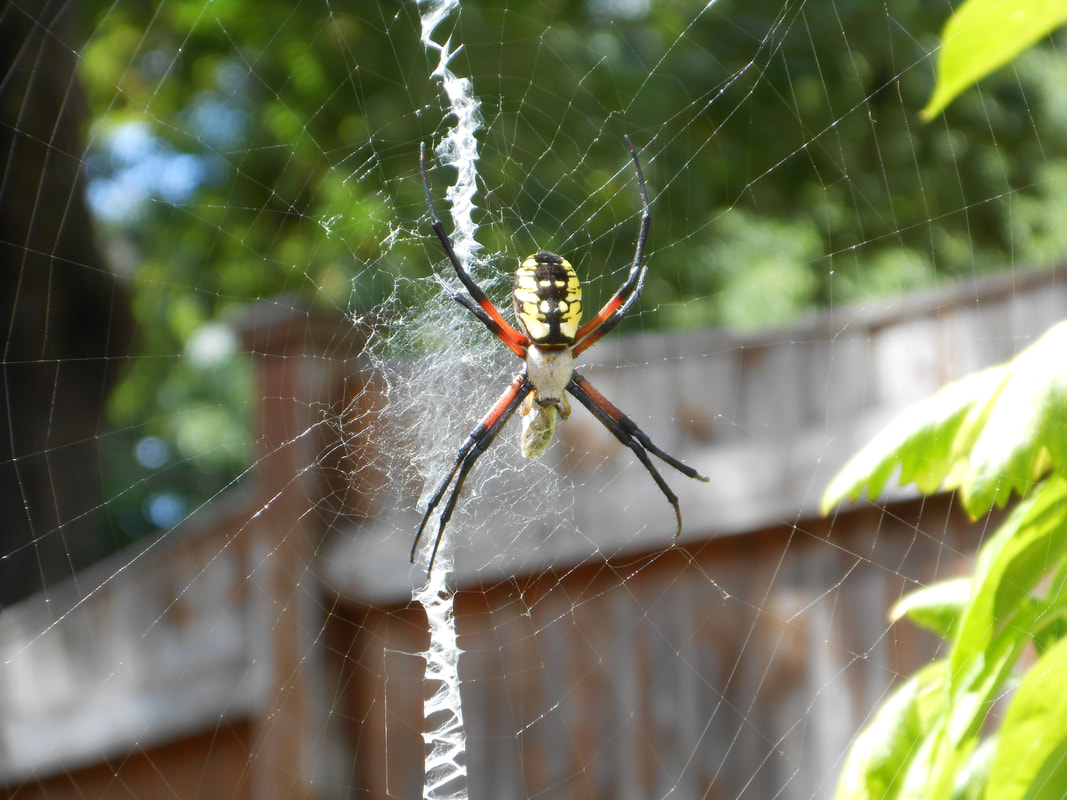
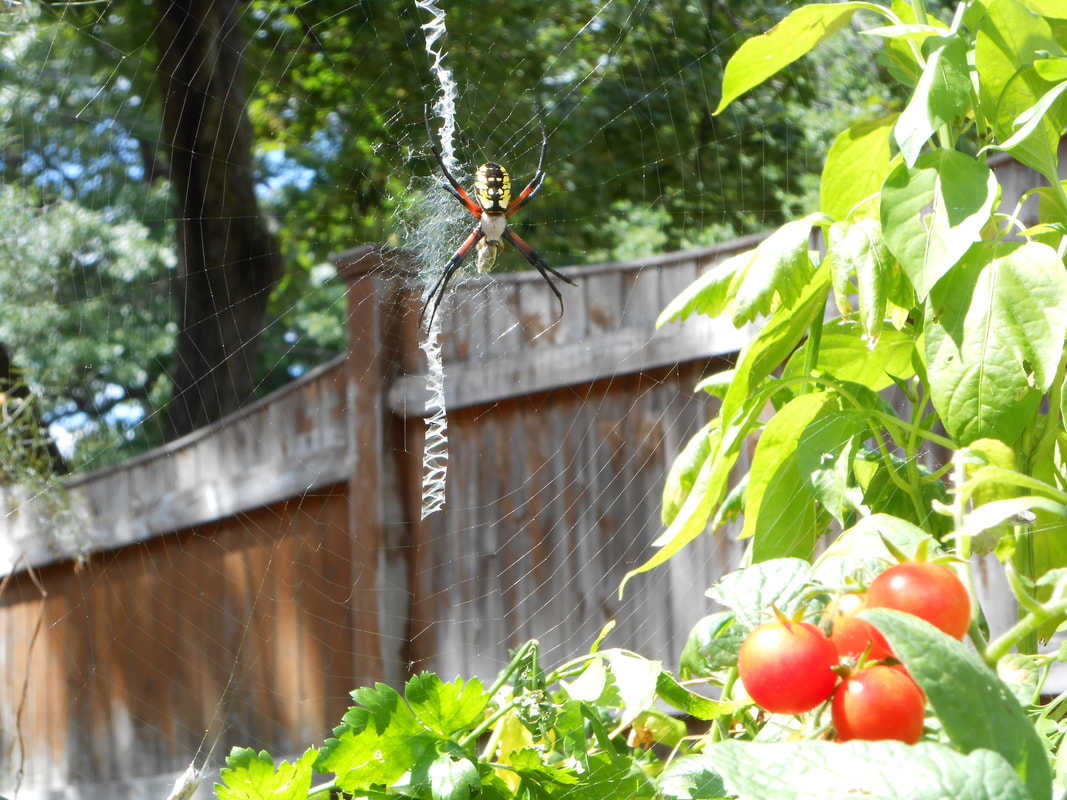
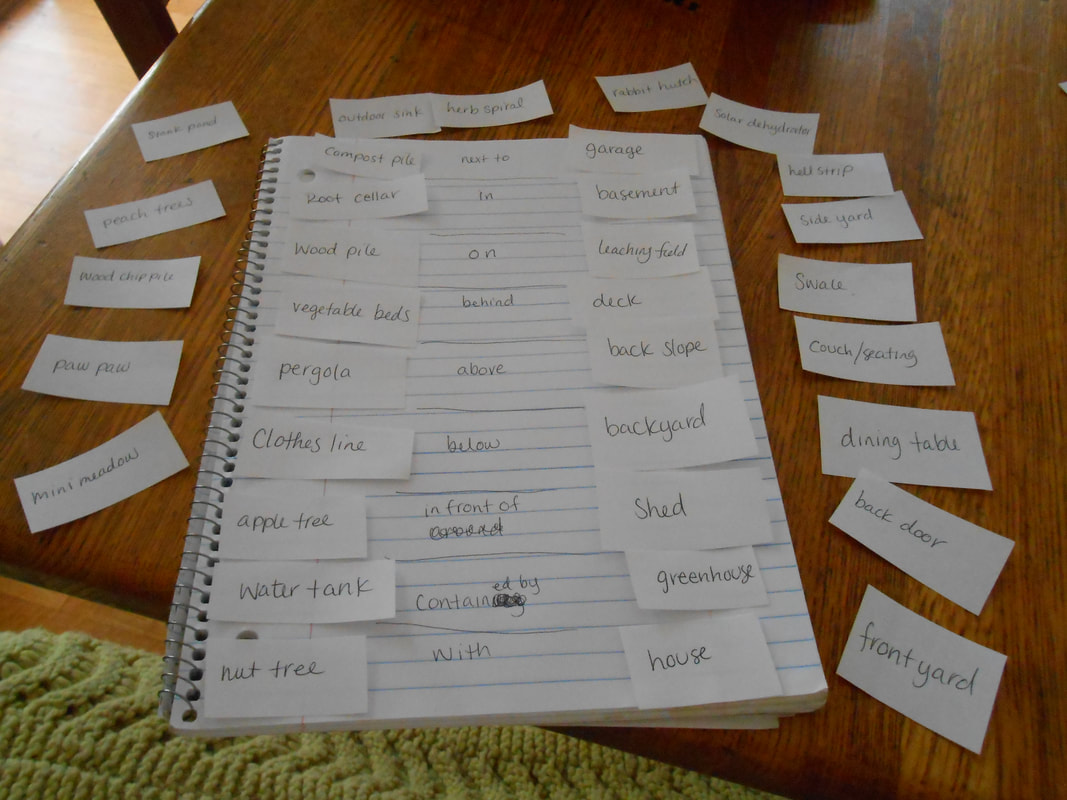

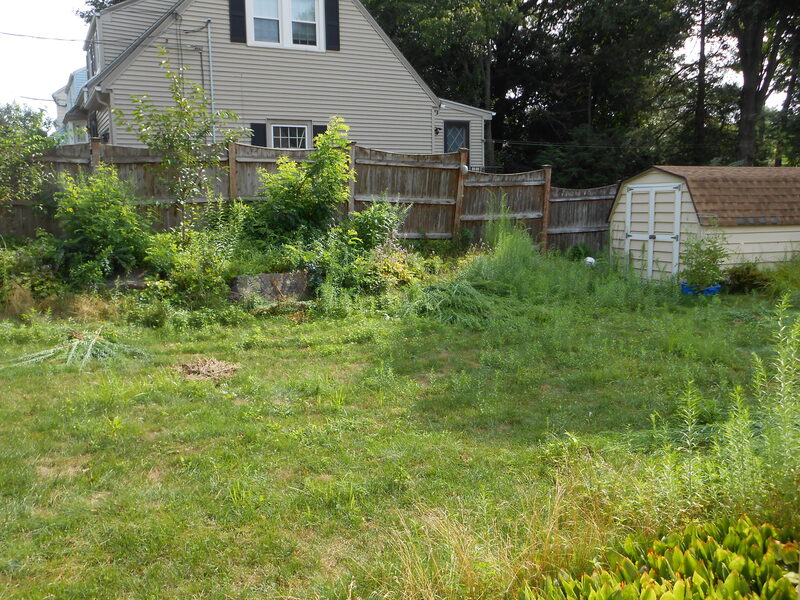
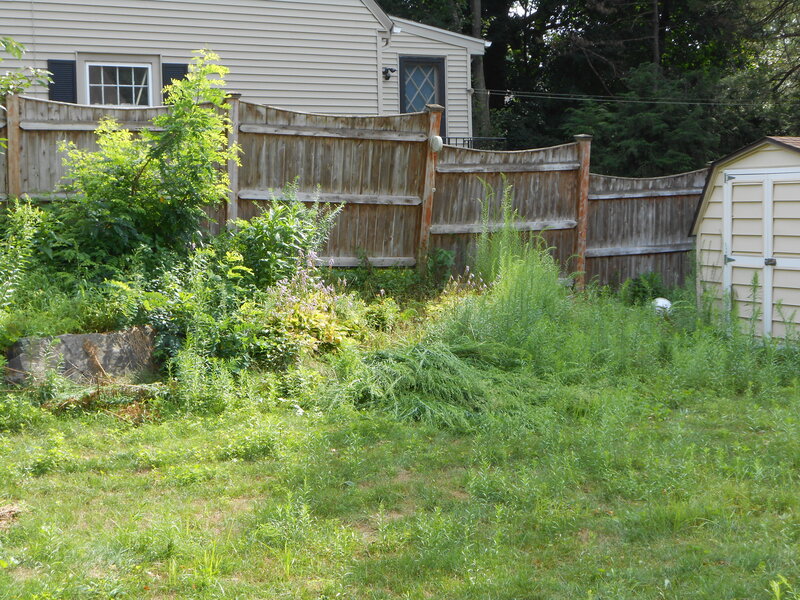
 RSS Feed
RSS Feed